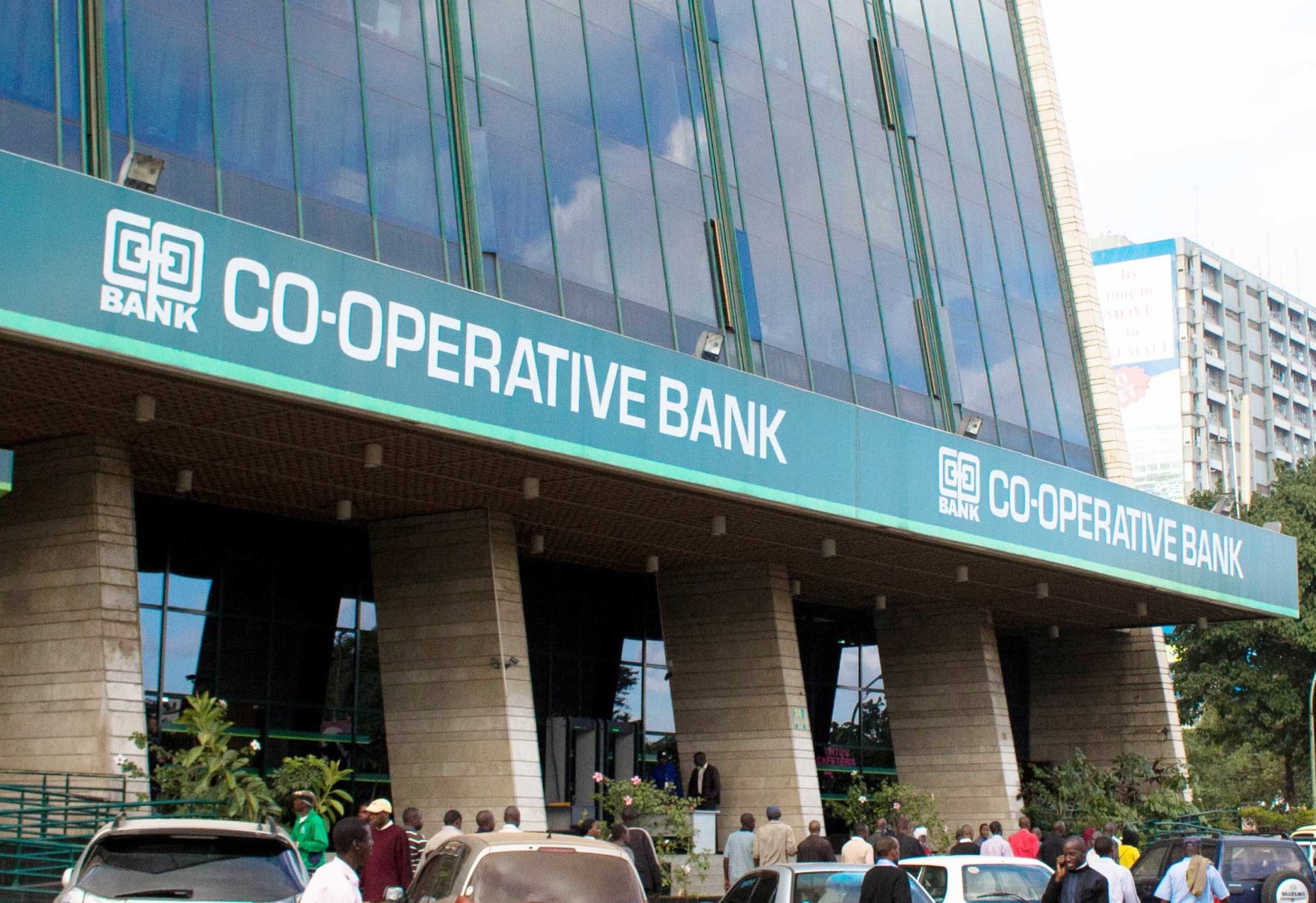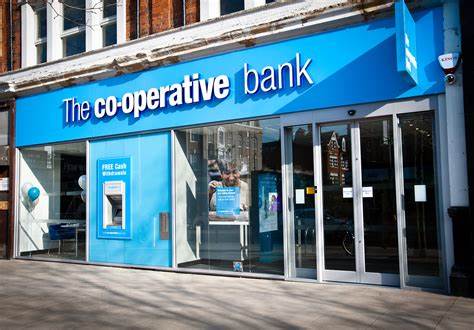In the contemporary financial landscape, the role of technology is nothing short of transformative. One area where this transformation has been particularly pronounced is in the realm of retail banking. Retail banking software, a dynamic and innovative solution, has emerged as the linchpin in modernizing the way banks interact with customers and manage their operations. In this article, we will delve deep into the world of retail banking software, exploring its pivotal functions, technological underpinnings, and its impact on the banking industry.
The Essence of Retail Banking Software Redefining Customer Engagement
Contents
Retail banking software represents a suite of digital tools and applications designed to enhance the efficiency, accessibility, and customer-centricity of banking operations. It acts as the connective tissue between financial institutions and their customers, reimagining how people access, manage, and leverage their financial resources.
Read Also: Demystifying Retail Banking Unveiling the Financial Nexus
Key Functions of Retail Banking Software
- Digital Banking Portals: Retail banking software provides customers with user-friendly online and mobile banking portals, enabling them to check account balances, view transaction history, transfer funds, and pay bills from the comfort of their homes or on the go.
- Customer Relationship Management (CRM): CRM modules within the software empower banks to understand their customers better, track interactions, and personalize services, thus fostering stronger customer relationships.
- Transaction Processing: It streamlines transaction processing by automating tasks like check clearances, electronic funds transfers, and direct deposits, reducing the risk of errors and improving efficiency.
- Data Analytics: Advanced analytics tools embedded in the software help banks gain insights from customer data, enabling them to tailor financial products and services to individual needs and preferences.
- Compliance and Security: Retail banking software incorporates robust security features to safeguard customer data and ensure regulatory compliance, thereby enhancing trust and mitigating risks.
Technological Foundations of Retail Bank Software
Cloud computing, big data analytics, and artificial intelligence are the pillars upon which modern retail bank software stands. The adoption of cloud technology has enabled banks to scale their operations, reduce infrastructure costs, and enhance accessibility. Meanwhile, big data analytics processes vast amounts of customer data, yielding actionable insights for banks to deliver personalized services. Artificial intelligence, with its machine learning algorithms, powers chatbots and virtual assistants that offer 24/7 customer support.
The Impact of Retail Bank Software
The integration of retail bank software into traditional banking institutions has far-reaching implications for both customers and the industry at large.
Enhanced Customer Experience
Retail bank software has redefined convenience. Customers can now access their financial information and perform transactions at their fingertips, eradicating the need for lengthy visits to brick-and-mortar branches. Moreover, personalized services and real-time insights elevate the overall banking experience.
Increased Efficiency
Banks have witnessed significant gains in operational efficiency. Automation of routine tasks, such as data entry and transaction processing, reduces human error and minimizes operational costs. This efficiency translates into cost savings that can be passed on to customers.
Market Competition
The advent of fintech startups has intensified competition within the banking sector. To remain relevant, traditional banks have had to embrace retail bank software solutions, enabling them to compete effectively and meet the evolving expectations of tech-savvy consumers.
Retail bank software represents a watershed moment in the evolution of the banking industry. It has not only redefined customer engagement but also streamlined operations, enhanced security, and enabled banks to remain competitive in a rapidly changing financial landscape. As technology continues to advance, retail bank software will remain a catalyst for innovation and a driving force in shaping the future of banking.




